BMW 5 Series Service Manual 1997-2003 (E39)
BMW 5 Series Service Manual 1997-2003 (E39) by Bentley PublishersGet other BMW repair manuals here The BMW 5 Series (E39) Service Manual: 1997-2003 Volume 1 is a comprehensive source of service information and specifications for BMW 5 Series models from 1997 to 2003. The aim throughout this manual has been simplicity, clarity and completeness, with practical explanations, step-by-step procedures and accurate specifications. Whether you are a professional or a do-it-yourself BMW owner, this manual will help you understand, care for and repair your E39 5 Series. Engines covered * 6-cylinder engines: M52, M52 TU, M54 * V-8 engines: M62, M62 TU Fuel injection systems covered: * Bosch M 5.2, M 5.2.1, ME 7.2 * Siemens MS 41.0, MS 42.0, MS 43.0 Manual transmissions covered: * Getrag S5D 250G, S6S 420G * ZF S5D 320Z Automatic transmissions covered: * A4S 270R, A4S 310R * A5S 360R, A5S 390R * A5S 325Z * A5S 560Z, A5S 440Z BMW 5 Series Service Manual 1997-2003 (E39) by Bentley Publishers |
In the beginning, the 5 show was only obtainable in a sedan system style. The touring human anatomy design is included in 1991 additionally the 5-door hatchback ("Gran Turismo") ended up being added during 2009.
It is BMW's 2nd best-selling model following the 3-Series and in 2010 created about 50percent of this BMW's earnings.
On January 29, 2008, the 5 millionth 5-Series is manufactured, a 530d Saloon in Carbon Black Metallic.
The 5-Series have its name when you're the 5th of this "new show" automobiles after the V-8 and Isetta period and had been the alternative to the old four-door brand new lessons sedans. The present BMW naming convention started utilizing the very first 5-Series.
The BMW E39 may be the fourth generation of BMW 5 Series, that was offered from 1995 to 2004. It absolutely was launched within the sedan body design, with all the "Touring" wagon (estate) body style introduced in 1996. The E39 had been changed by the E60 in 2003, but E39 Touring versions stayed in manufacturing until 2004.
The E39 had been initial 5-Series to utilize aluminum elements right in front suspension. Six-cylinder models use rack and pinion steering (for the first time in a 5-Series), although the V8 versions incorporate recirculating basketball steering.
The M5 variant ended up being introduced in 1998, run on the 4.9-litre S62 V8 motor. It had been manufactured in the sedan body design.
Developing when it comes to E34's successor began in early 1989, internally generally "Entwicklung 39" and ended in 1995. The final design by Joji Nagashima is selected in 1992. The domestic German design patent had been recorded on April 20, 1994, utilizing an E39 prototype. Initial pilot production models had been integrated February 1995, with full-scale manufacturing starting later around.
Weighed against its E34 forerunner, the E39 wheelbase expanded by 68 mm (2.7 in) and general length by 55 mm (2.2 in). Torsional rigidity is increased throughout the E34 by 40 percentage, which decrease system flex and enables the suspension to operate considerably accurately, in addition improving ride quality. Due to a stiffer system layer, the weight associated with chassis increased by 10 kg (22 pound), that will be offset because of the aluminum suspension system.
Structural dynamics has also been an objective for the human body build, so the system's frequencies for torsional twisting and bending come in individual ranges and above all-natural frequency. These frequencies become out from the array of engine and driveline oscillations, to avoid oscillations being amplified.
The aerodynamic design of this E39 leading to a drag coefficient of 0.28 for the 528i, and 0.31 for the 540i.
The E39 attracts heavily from the E38 7 Series in system construction and digital technology.
Abnormally, two vastly various steering systems were used the E39, depending on the system. Six-cylinder automobiles utilize rack-and-pinion steering, the first occasion this method has been used in a 5 show. Vehicles with V8 machines use recirculating baseball steering, as per the earlier generations of 5 Series.
Suspension System
The front suspension comprises of MacPherson struts, with six-cylinder automobiles utilizing an aluminium front subframe. Aluminum can be used for the steering knuckles, outer strut pipe in addition to spring shields, causing a weight preserving of 21 kg (46 pound).
The trunk suspension is made from a four link build (labeled as "Z-link"), which will be just like the program utilized by the E38 7 show. Chapman struts are utilized and also the build minimises accidental toe angle changes, which results in steady managing.
Motors
At publish, the petrol engines contained the M52 straight-six and M62 V8, that have been both brand new engines at the time. In 1998, the "technical enhance" (TU) models of the machines had been introduced. At 2000 facelift (LCI), the M52 straight-six system is replaced by their successor the M54, however the M62 stayed being used for V8 systems.
The original diesel systems made use of the M51 straight-six turbo-diesel system. In 1998, their successor the M57 is launched, nevertheless the M51 additionally remained in manufacturing for just two most ages. In 1999, the M47 four-cylinder turbo-diesel was launched in 520d model, the best E39 model to use a four-cylinder engine.
Recirculating ball, also called recirculating baseball and nut or worm and industry, is a steering mechanism generally present old automobiles, off road cars, plus some trucks. Many new automobiles use the less expensive rack-and-pinion steering rather, however some upmarket providers (such BMW and Mercedes-Benz) held on to the build until better into the 1990s when it comes to toughness and energy built-in inside design. A couple of, like Chrysler and General engines, nonetheless make use of this tech in certain versions like the Jeep Wrangler.
Development for E34's successor began in early 1989, internally called "Entwicklung 39" and finished in 1995. The final build by Joji Nagashima was selected in 1992. The domestic German build patent was submitted on April 20, 1994, making use of an E39 prototype. Initial pilot production brands are integrated February 1995, with full-scale production beginning later on in the year.
Chassis
Human Body
Compared with their E34 forerunner, the E39 wheelbase expanded by 68 mm (2.7 in) and overall length by 55 mm (2.2 in). Torsional rigidity was increased over the E34 by 40 per cent, which reduces system flex and allows the suspension to use considerably accurately, furthermore increasing ride quality. Considering a stiffer human anatomy shell, the extra weight regarding the framework enhanced by 10 kg (22 pound), which will be offset because of the aluminium suspension.
Architectural characteristics was also a goal of body design, and so the body's frequencies for torsional twisting and bending come in split range and above all-natural frequency. These frequencies were out of the selection of motor and driveline oscillations, to avoid oscillations becoming amplified.
The aerodynamic design associated with the E39 leading to a drag coefficient of 0.28 for 528i, and 0.31 for the 540i.
The E39 draws heavily through the E38 7 show in human body construction and electronic technology.
Steering
Abnormally, two vastly different steering techniques were utilized when it comes to E39, depending on the motor. Six-cylinder cars make use of rack-and-pinion steering, the first time this technique has been utilized in a 5 show. Vehicles with V8 machines use recirculating basketball steering, according to the previous years of 5 show.
Suspension System
Leading suspension system consist of MacPherson struts, with six-cylinder automobiles making use of an aluminium front subframe. Aluminum can be used for steering knuckles, exterior strut pipe additionally the springtime pads, causing a weight preserving of 21 kg (46 lb).
A corner suspension system consist of a four connect design (called "Z-link"), which will be similar to the system utilized by the E38 7 Series. Chapman struts are employed as well as the build minimises accidental toe direction adjustment, which leads to steady management.
Machines
At launch, the petrol engines consisted of the M52 straight-six and M62 V8, that have been both newer machines at the time. In 1998, the "technical revision" (TU) models of those motors are launched. Within 2000 renovation (LCI), the M52 straight-six motor ended up being changed by their successor the M54, however the M62 stayed being used for V8 products.
The original diesel versions used the M51 straight-six turbo-diesel system. In 1998, their successor the M57 is launched, but the M51 also stayed in manufacturing for just two most years. In 1999, the M47 four-cylinder turbo-diesel was introduced inside 520d model, which is the best E39 design to use a four-cylinder motor.
The BMW M52 is a straight-6 DOHC piston system which was created from 1994-2000. It was released inside E36 320i, to displace the M50. It was changed by the M54 motor.
In contrast to their M50 predecessor, the M52 makes use of an aluminum block. However, us designs utilized metal blocks rather (except in the Z3), and so the united states M52 is much more akin to the M50TU. Such as the M50TU, the M52 utilizes adjustable device timing on consumption camshaft (known as solitary VANOS by BMW).
In 1998, the M52TU ("technical upgrade") was launched, including adjustable device timing into fatigue camshaft (labeled as double VANOS by BMW). Other improvements included electronic throttle controls (which makes use of a throttle cable as backup), a dual length intake manifold (known as "DISA" by BMW) and modified cylinder liners.
The M52 and S52 motors were regarding Ward's 10 Top machines checklist from 1997 to 2000.
The S52 motor is employed in American models of this 1996-1999 E36 M3 and the 1998-2000 Z3M. This motor is a tuned type of the M52 system, instead of the S50 engine useful for these automobiles in other markets.
The BMW M52 are a straight-6 DOHC piston motor which was created from 1994-2000. It had been introduced when you look at the E36 320i, to replace the M50. It had been changed by the M54 system.
Compared with its M50 forerunner, the M52 makes use of an aluminum block. But united states models put metal obstructs alternatively (except in Z3), which means us M52 is more akin to the M50TU. Like M50TU, the M52 utilizes adjustable device timing regarding intake camshaft (known as single VANOS by BMW).
In 1998, the M52TU ("technical inform") premiered, adding adjustable valve timing toward fatigue camshaft (labeled as dual VANOS by BMW). Other improvements included electric throttle controls (which utilizes a throttle cable as back-up), a dual length intake manifold (labeled as "DISA" by BMW) and revised cylinder liners.
The M52 and S52 machines are regarding Ward's 10 Top machines record from 1997 to 2000.
The S52 system can be used in United States Of America models of 1996-1999 E36 M3 and 1998-2000 Z3M. This motor try a tuned version of the M52 motor, instead of the S50 system employed for these vehicles in other areas.
E39 M5 (1998--2003)
BMW E39 M5
BMW M5 E39 (Azure).jpg
Analysis
Manufacturing 1998--2003
20,482 created
Set Up Dingolfing, Germany
Designer Ulf Weidhase
Human anatomy and chassis
Human anatomy style 4-door saloon/sedan
Powertrain
System 4.9 L V8 petrol BMW S62
Transmission 6-speed manual
Measurements
Wheelbase 2,830 mm (111.4 in)
Length 4,783 mm (188.3 in)
Circumference 1,801 mm (70.9 in)
Height 1,412 mm (55.6 in)
Kerb fat 1,826 kg (4,026 pound)
2002 BMW M5 Internal (US spec)
2002 BMW M5 5.0 S62 system bay
Rear-view
The E39 M5 had a substantial escalation in energy and ended up being produced in much better numbers as compared to previous years. Unlike its predecessors, the M5 was produced on the same assembly line as regular 5-series versions at Dingolfing factory in Germany.
Introduced in 1998 within Geneva Motor program, manufacturing couldn't start until belated October of that 12 months. An overall total of 20,482 E39 M5s are created from 1999 to 2003. BMW M produced three models for the E39 M5, the European LHD and RHD variations, in addition to North American specs variation.
Powertrain
Read additionally: BMW S62
The E39 M5 makes use of the S62 V8 motor, which brings 294 kW (400 PS; 394 bhp).
All E39 M5s came designed with a Getrag kind D six-speed handbook transmission which supplies the next gearing ratios:
first gear second equipment third equipment 4th gear 5th equipment 6th equipment
4.23 2.53 1.67 1.23 1.00 0.83
It is the same transmission since the one used in the E39 540i, however some adjustment were meant to deal with the extra energy produced by the S62 system. The distinctions contain a reinforced clutch, a rear differential utilising a shorter 3.15:1 proportion, and a finite slip differential with 25% optimum locking.
Framework
The E39 M5 suspension system shared their standard aluminium-intensive MacPherson strut/multi-link build of the V8 engined E39 5 show. However, a few adjustment are made by BMW M. Reduced spring level, 23 mm (0.9 in) lower. A particular shock valving, thicker front and rear anti-roll pubs, polyurethane additional springs, and steel balljoints.
Like all V8-powered E39 systems, the E39 M5 ended up being built with a recirculating baseball steering system, seen as less tactile compared to the rack-and-pinion set-up of other E39s. General steering ratio was reduced to 14.7 from 17.9. It featured a Servotronic vehicle-speed-sensitive power assist which provides two amounts of opposition monitored via console installed athletics option. The game option additionally adjusted the electronic throttle butterflies for efficient throttle responses. The E39 M5 has four-wheel vented disc brake system measuring 345 mm (13.58 in) in diameter right in front and 328 mm (12.91 in) in diameter inside rear. On European-specification versions, the rotors tend to be of a "floating" two-piece design for paid down chance of cone distortion. Their particular lower unsprung fat improves ride quality and grip on rough surfaces also. Anti-lock brake system, EML (fly-by-wire) throttle control and vibrant security Control (DSC) are standard.
Updates
During their five years in production, there have been some aesthetic alterations in 2001 to add:
Modified headlights incorporating illuminated "Corona Ring" design (incandescent synthetic rings surrounding the headlights, also known as "Angel vision")
Jewel tone Celis end light design
Playground Distance controls sensors right in front bumper (previously in rear just)
Thicker three-spoke M steering wheel just like the only fitted to the E46 M3
Grey instrument panel
Cordless carphone with brand-new build (formerly with cable link best)
Enhanced solar sensor for standard automatic environment control
Revised navigation/audio product with larger (6.5-inch) track (Standard on US Spec 2001--2003)
Rear mind coverage airbags included
Second-generation M flexibility tyre repair system instead of earlier in the day version
Available M Audio System with unique tweeters, Kevlar/carbon coaxial speakers and two subwoofers behind the rear system
Alcantara headliner added to extensive Leather interior (earlier just included with Complete leather-based)
For the subsequent two design ages, changes had been restricted to the connection of the latest external colors (from 9/01 manufacturing) as well as the improvement to a DVD-based navigation system (from 9/02 production).
In NA, 2002 and 2003 models have the 'Auto Headlamps' function as standard, these people were earlier recommended..
Performance
The state BMW of North America statement (talked about in the 2003 brochure) when it comes to speed time from 0--60 miles per hour was 4.8 moments. Its electronically limited by a top speed of 250 km/h (155 miles per hour).
De-restricted the E39 M5 features a widely acknowledged top speed of 300 km/h (186 miles per hour).
The E39 M5 recorded a Nurburgring lap period of 8:20 and a Top Gear power lap of 1:27.0.
1996
Wagon/Estate system design (called Touring) launched.
525td design introduced.
USA sales start, you start with the 528i and 540i models.
1997
On-board computer system upgraded.
Back part airbags introduced.
1998
M5 design introduced Lower-body back part airbags were standard in the M5, continuing to be optional for any other brands.
M52 straight-six motors updated to M52TU.
M62 V8 engines up-to-date to M62TU.
530d design introduced, utilising the latest M57 straight-six turbo-diesel system.
Xenon headlights launched.
Audible reversing security ("Park Distance Control") introduced.
Self-levelling back suspension launched for estates.
Stability control enhanced (from ASC+T to DSC).
1999
Rain-sensing windshield wipers introduced.
2000 facelift
525i and 530i systems (using M54 machines) exchange the 523i and 528i design (M52TU motors).
525d model (using M57 system) replaces the 525td model (M51 engine).
525tds design discontinued.
530d design obtains power enhance.
520d launched, running on a four-cylinder diesel motor.
Modified "angel eye" headlights.
Modified tail lighting with LED braking system lighting.
Navigation display updated from 4:3 to larger 16:9 widescreen.
2001
Automated transmission vehicles had the manual shift direction switched (to forwards for downshifts, backwards for upshifts).
Automatic headlights launched.
2002
Consumer states announced the 2002 BMW E39 top automobile they had previously reviewed.
Navigation enhanced from CD-ROM format (8 CDs to pay for American and Canada) to an individual DVD-ROM.
2003
540i M-sport minimal edition model created.
Find great deals on eBay for bmw e39 bmw e39 interior. Shop with confidence.
E39 (1997 - 2003) - Bimmerfest - BMW Forums
E39 (1997 - 2003) The BMW 5-Series (E39 chassis) was introduced in the United States as a 1997 model year car and lasted until the 2004 when the E60 chassis was released.
BMW M5 - Wikipedia, the free encyclopedia
The BMW M5 is a high performance version of the 5 Series executive car built by the Motorsport division of BMW. Beginning production in 1986, the first incarnation of ...
About this Wiki. The E39 Wiki should be used as a tool to help all E39 owners. The greatest feature of the Wiki is that anyone with an account on Bimmerfest has the ...
BMW E39 M5 Performance Parts, Tuning, and Exhaust
Here we have listed E39 parts for your BMW. These E39 parts have been tested by experts, and our own staff uses many of these E39 parts. If you want to improve the ...
BMW 5 Series (E39) - Wikipedia, the free encyclopedia
The BMW 5 Series (E39) is the generation of BMW 5 Series made between 1995 and 2003. The E39 series was the successor of the BMW 5 Series (E34) in 1995, and was ...
pl.wikipedia.org
BMW E39 DIY. Maintenance - BMW E39 DIY. Replacing Your Differential Fluid Oil Change M62 Oxygen Sensor Replacement Jacking Points Brake Pad Replacement

 0 Items (Empty)
0 Items (Empty)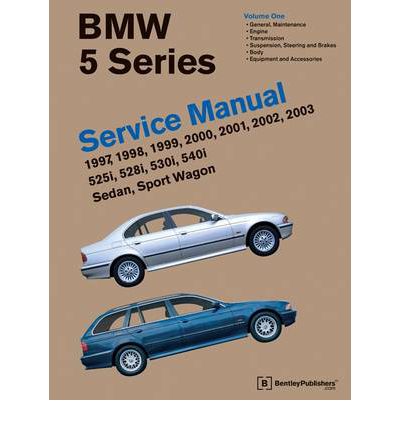


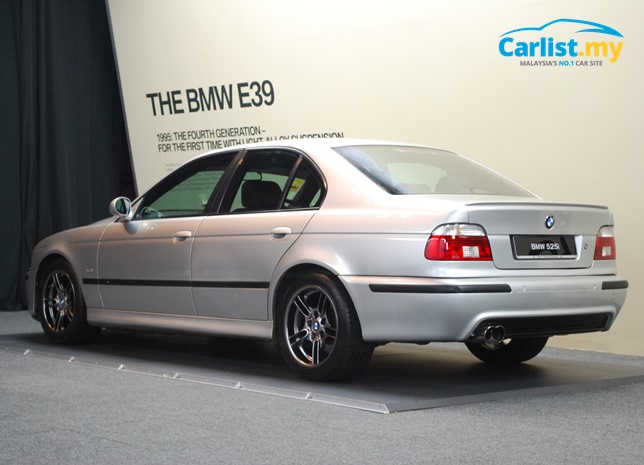
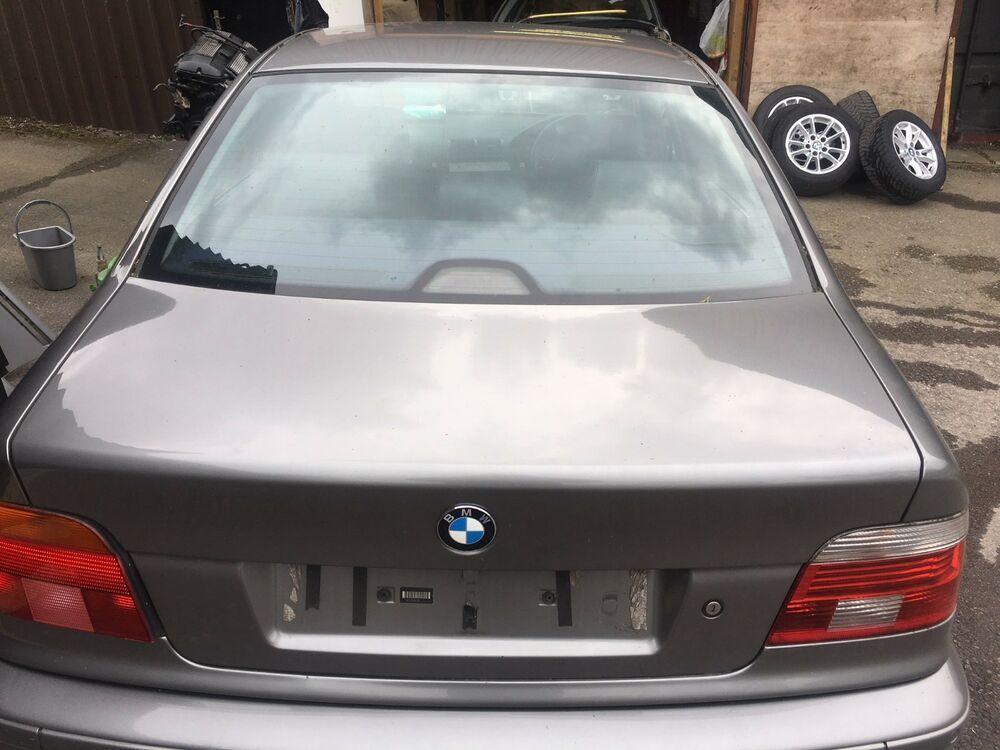
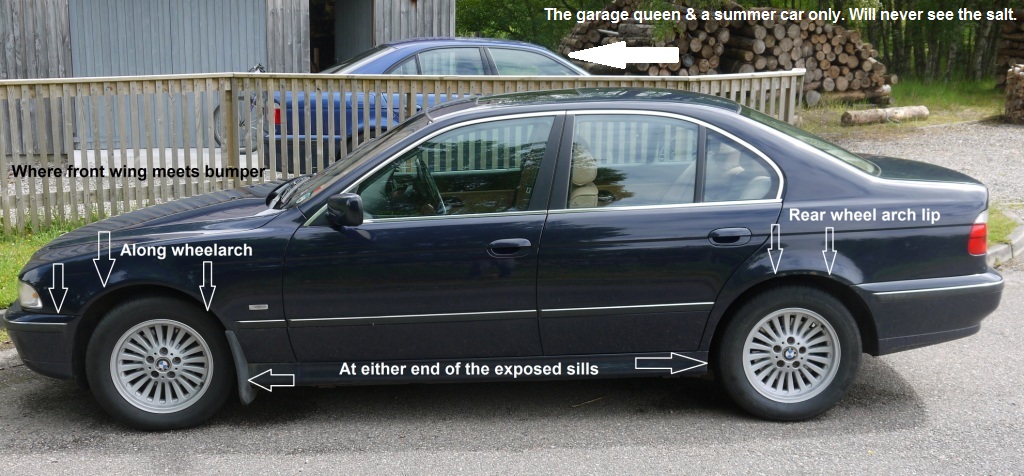
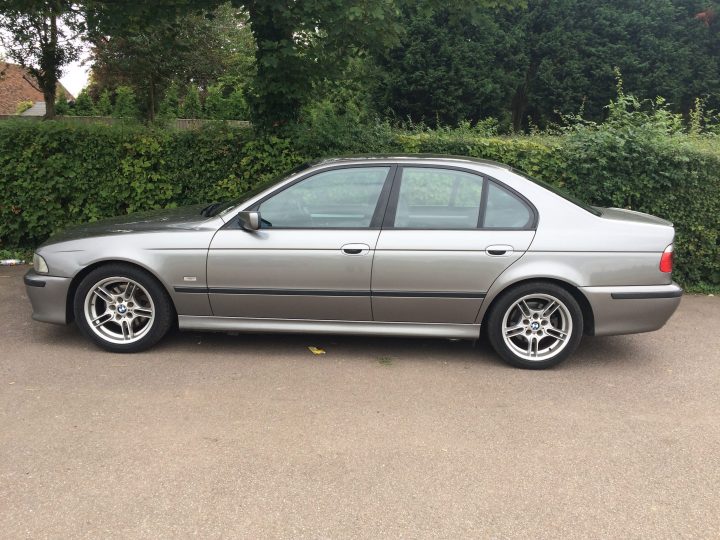
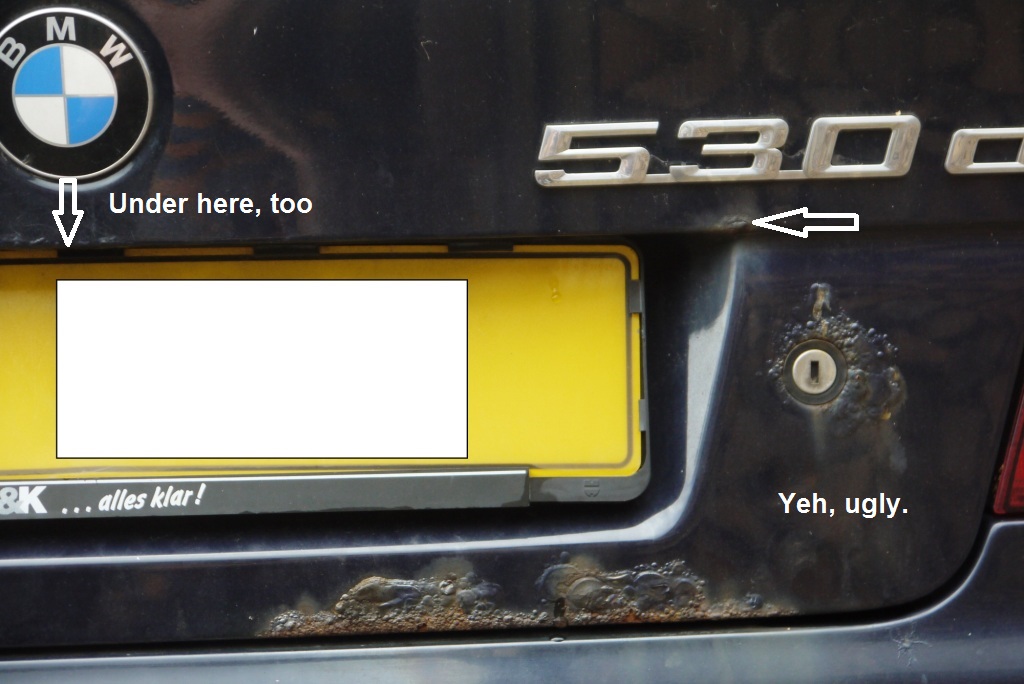 >
>